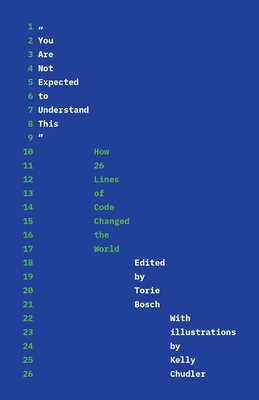More on this book
Kindle Notes & Highlights
by
Torie Bosch
Read between
February 3 - February 3, 2023
when Sperry Gyroscope merged with one of its competitors, Remington Rand, she met Remington Rand’s senior programmer, Grace Hopper. Hopper—who liked to call herself “the third programmer of the first computer”—had made a similar blind leap from mathematics to programming after being enlisted, by the Navy, to run the Mark I computer at Harvard during the Second World War. Like Jean, she’d had to teach herself the job.
By 2000, 80 percent of all code on the planet was written in COBOL. Even today, almost half of American banking systems run COBOL, and 95 percent of all ATM transactions rely on it to function.
These days, scarcely anyone teaches it, which means there is a global shortage, yet again, of programmers. Although sensitive infrastructure worldwide relies on COBOL to function, its ongoing maintenance is continually deferred due to lack of resources and political appeal.
In 1976, Queen Elizabeth II christened the ARPANET’s first node in Great Britain by sending an Email on the network. (Her username: HME2.)
Long before ubiquitous computing and global telecommunications, the sociologist Georg Simmel observed that trust—faith in others to not deceive—was crucial to modern life.
If your posts didn’t generate likes, they would be hidden from people’s feeds—even your own followers’ feeds—and replaced by the posts of others who were all too willing to play the manipulation game.


